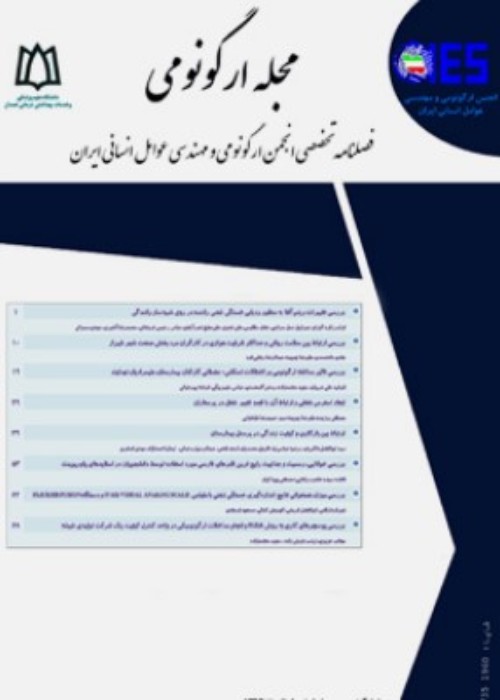Industrial Exoskeletons, Challenges and Suggestions in Ergonomic Studies
Author(s):
Abstract:
Objectives
The challenges that have been raised today, such as changes in population structure, diverse workforce, mass production, and automation of production, indicate the need to review production systems. Classical ergonomic solutions are no longer suitable for carrying heavy loads and repetitive activities. By supporting workers to reduce physical and mental stress, human-centered assistant applications (HCAAs) should solve this problem. The technical problems of the exoskeleton have been investigated in many scientific studies, but its effect on the human user has not been paid much attention to. So, this study reviews the studies that have examined industrial exoskeletons from the ergonomic point of viewMethods
Papers concerning exoskeleton in ergonomic studies are reviewed using Scopus and PubMed databases. The selected papers were published in the reviewed journals from 2014 to 2021. Books, conference papers, and reports are not included in this study. In the present study, only official scientific journals in English are reviewed, and the references obtained from the search are screened by the title and abstract. The full text of the papers is checked if the abstract does not contain enough information. Those papers that met the inclusion criteria are listed in this review.Results
Studies on ergonomic industrial exoskeletons account for a small share of studies on industrial exoskeletons. From 2012 to the time of conducting this study, 96 studies were found on industrial exoskeletons, of which 10.41% design or evaluate industrial exoskeletons from an ergonomic point of view. This is very small compared to the studies on exoskeleton conducted since 2012 and only about 0.4% of the studies.Conclusion
The reviewed studies emphasize the facilitation of the successful use of exoskeletons in occupational structures by considering at least three dimensions (physical requirements, task performance, and usability), all of which can contribute to determining the potential efficiency of exoskeletons in the work environment. Due to the potential of this technology, more studies should be conducted in the future to cover some of the identified challenges and compare the exoskeleton design methods under more diverse and more realistic situations.Keywords:
Language:
Persian
Published:
Journal of Ergonomics, Volume:10 Issue: 2, 2022
Pages:
140 to 150
magiran.com/p2527729
دانلود و مطالعه متن این مقاله با یکی از روشهای زیر امکان پذیر است:
اشتراک شخصی
با عضویت و پرداخت آنلاین حق اشتراک یکساله به مبلغ 1,390,000ريال میتوانید 70 عنوان مطلب دانلود کنید!
اشتراک سازمانی
به کتابخانه دانشگاه یا محل کار خود پیشنهاد کنید تا اشتراک سازمانی این پایگاه را برای دسترسی نامحدود همه کاربران به متن مطالب تهیه نمایند!
توجه!
- حق عضویت دریافتی صرف حمایت از نشریات عضو و نگهداری، تکمیل و توسعه مگیران میشود.
- پرداخت حق اشتراک و دانلود مقالات اجازه بازنشر آن در سایر رسانههای چاپی و دیجیتال را به کاربر نمیدهد.
In order to view content subscription is required
Personal subscription
Subscribe magiran.com for 70 € euros via PayPal and download 70 articles during a year.
Organization subscription
Please contact us to subscribe your university or library for unlimited access!



